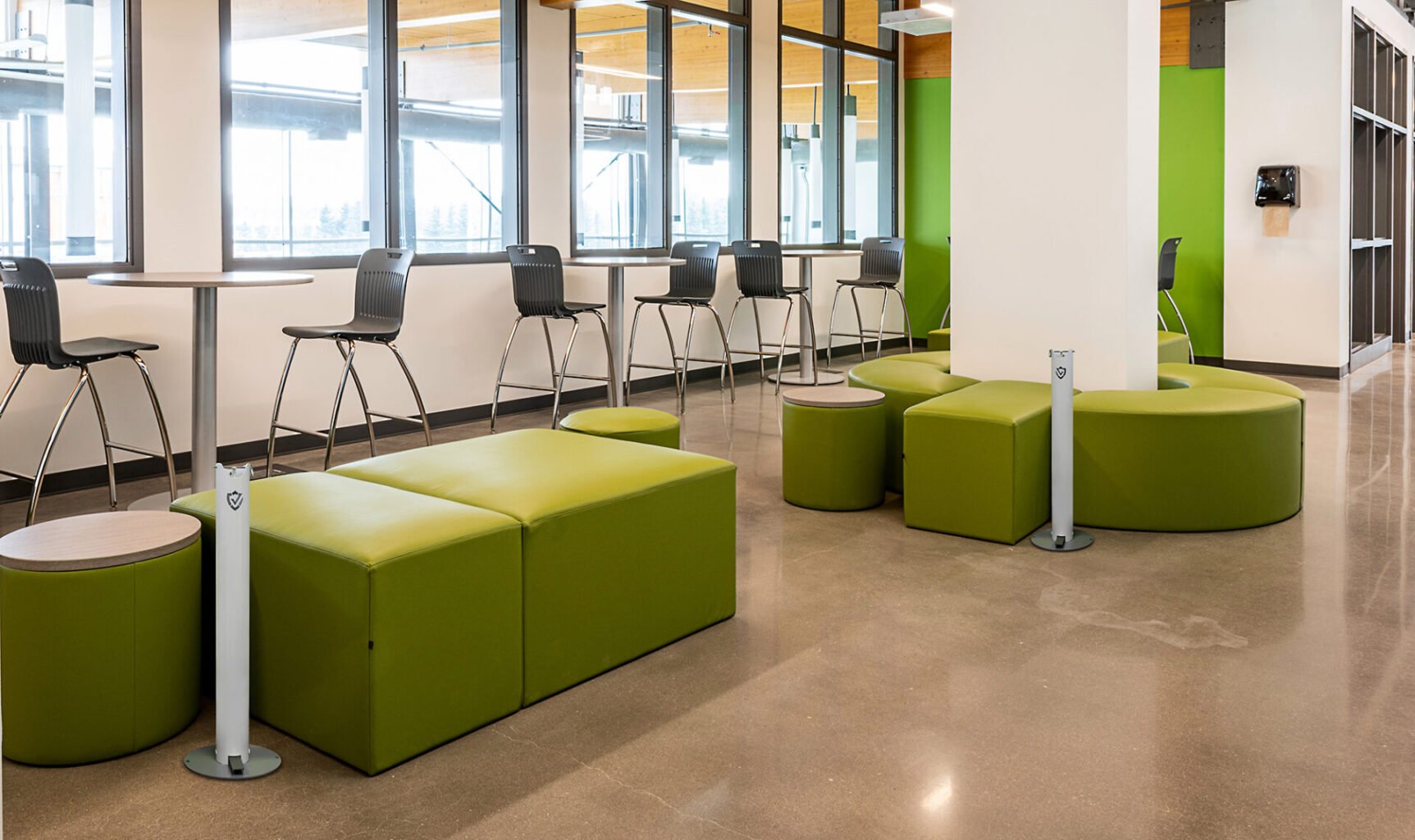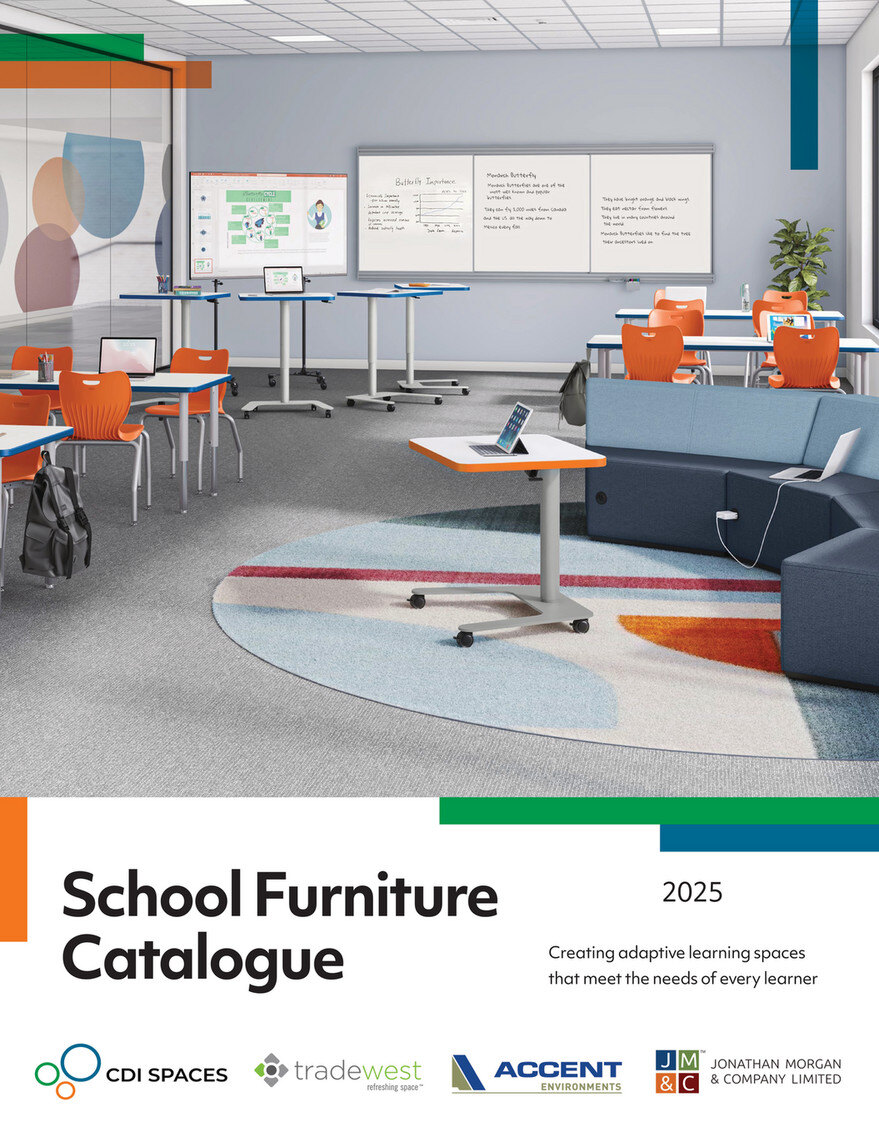Equipping Post-Secondary Campuses for Fall Returns
August 18, 2021

With officials predicting the effects of COVID-19 to last into the early new year, post-secondary campuses know better than anyone that it’s time to accept and prepare for this new reality. While society has generally hit a halt, educational institutions are investigating ways to continue academic services in a cautious and accessible manner. Unfortunately, going back to business, as usual, will not cut it this time. Institutions will need to come back smarter and better than before in order to stay open through the remainder of this outbreak, and possibly the next. While re-opening institutions may feel premature, safe returns to campus can be made possible through reinventing the physical university experience. To achieve this, you’ll want to look at reimagining and repurposing your spaces to support new health care policy changes and social distancing protocols.
Embrace the concept of ‘working alone together’. Part of the appeal of open campuses is the choice to study independently while still feeling like apart of a larger community. Consider implementing clusters of independent working spaces that integrate private, singular seating in common areas. Go for multi-purpose furniture that offers seating, tables, and access to power in each individual station. Reinvent tighter spaces by utilizing partitions like modular walls and tall-backed chairs to ensure social distancing and a degree of separation in populated study areas.
Rearrange classroom configurations to get the most out of your space. Transition away from traditional lecture hall rows to collaborative style classrooms. Lean towards larger table options to keep students distanced, but not isolated. Try looking at uncertain enrollment rates as an opportunity rather than a detriment. Take advantage of online classes and virtual learning and use this time to begin some serious space planning.
Integrate Personal Protective Equipment (PPE) as a regular part of the campus experience. Encourage the regular possession of face masks to allow students to collaborate in person with their peers. Save heavy-duty PPE like gloves and higher-grade masks for proximity spaces like lab rooms and studios. Normalize the use of hand sanitizer dispensers in places with high traffic, like outside doors and near common areas. Adopt sanitizing protocols and keep students and staff up to date on proper etiquette.
It’s realistic to assume that daily campus life will need to look somewhat different from going forward. It’s also practical to assume that university campuses will be less full for a while, and that’s okay. Campuses are large, and the increasing attendance of students in online classrooms leaves more than enough space to social distance. Adapting processes to gradually accommodate more bodies can keep your campus in line with health protocols while reassuring students of your concern for their safety. Get ahead of the curve and start positioning your campus for resilience and longevity. For more insights, chat with one of our specialists on ways to proof your campus against the long-term effects of the pandemic.

